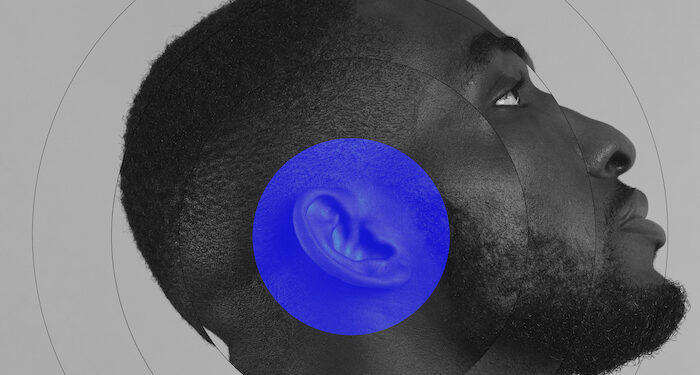We are living through a big creative shift, one that has less to do with technology and everything to do with intent. The rise of sophisticated generative AI has made it possible to produce almost anything, a script, a visual, a piece of code, to a technical standard that is, quite frankly, ‘good enough’.
We are facing a new, creative danger: the loss of genuine emotional or intellectual connection between a piece of content and its audience.
The problem isn’t the technology itself, but rather it’s the mindset it encourages. AI is really good at mimicking. It can synthesise massive datasets to generate output that’s statistically probable and grammatically correct. It produces the average of everything that’s come before.
All of this has led to many creatives, whether out of their own choice or the choice of their agency or client, taking a shortcut in the creative process. As a result, we risk trading genuine connection for efficient execution.
Craft and speed
The creative industry has always wrestled with the tension between craft and speed. Now that tension has been monetised and automated. The brief arrives, the prompt is written, and within seconds, we have a dozen technically viable concepts. They check all the boxes. They’re on-brand, on-brief, and visually appealing.
Perfect examples of technical competence. But technical competence isn’t the goal; it’s the floor. If our work stops there, we’re just adding to the endless stream of pleasant, forgettable content that washes over audiences without leaving a mark.
This AI-supported ‘good enough’ lulls us into accepting solutions that are frictionless but emotionally flat. If our previous conversation was about first principles thinking, breaking problems down to find original solutions, this is the sequel. First principles demand we ask, “What’s the core human truth we’re solving for?”
Emotional resonance
If we feed that high-quality question into a machine that generates a low-intent, synthesised answer, we’ve wasted the power of the original inquiry.
Because what a machine can’t synthesise is intent. Intent is the specific, often messy, highly personal energy a human creator pours into their work. It’s the moment a creative chooses to make a deliberate decision or break a rule in order to convey emotion.
For example, it’s when a writer breaks a grammatical rule for emphasis, or a designer chooses a deliberately unsettling colour palette, or a director holds a shot two seconds too long to amplify tension.
When communication resonates emotionally, it’s because the audience senses the intended meaning. They feel the deliberate human choice behind the execution. This is the difference between an AI-generated love song with technically perfect harmony and predictable lyrics, and genuinely impactful music that’s raw, specific and vulnerable.
Moving people and markets
In advertising and communication, our job is to move people and move markets. We’re in the business of creating experiences, not just content. And the experience of being moved, whether to laughter, curiosity or action, requires an emotional vibration that ‘good enough’ output can’t generate.
AI isn’t going anywhere and pretending it won’t be used is pointless. The question isn’t whether to use these tools, it’s how. We can either let AI reduce us to assembly-line workers cranking out passable content at scale, or we can use it as leverage for the parts of our job that actually matter. The choice is ours, but only if we’re intentional.
To avoid settling for ‘good enough’, we need to rethink what creatives do. We’re editors who decide what matters and curators who protect intent, not just creators.
Three ways to be more rigorous
This means being more rigorous in three ways. First, be specific. Generic outputs come from generic prompts. We need to brief AI the same way we’d brief a person – ask for tension, ambiguity and cultural nuance.
Second, edit for soul and not just polish. Let AI handle the heavy lifting of production and iteration, but keep the final edits for yourself. That’s where you add the human touch: the imperfection, the unexpected turn, the thing that makes work feel alive instead of just competent.
Finally, prioritise the feeling. Before you hit send, step back and ask: “Does this make me feel something, or does it just confirm what I already knew?” If it’s the latter, it’s not ready.
The future of creativity is about how selectively and meaningfully we apply the power of generation, and not about how much we can generate. If we choose intent over efficiency, we ensure our work isn’t just technically sound, but emotionally unforgettable. We move from creating volume to cultivating value.

Simon Spreckley is a renowned digital pioneer with over 20 years in creative leadership. Former Executive Creative Director at Hellocomputer, founder of Thoopid Games and Ritual Studio, and a pivotal figure in Hoorah Digitals transformation, Simon now leads FUTUREBORN. His work, recognised by major awards including Cannes Lions and Loeries, focuses on blending innovative technology with strategic creativity.














